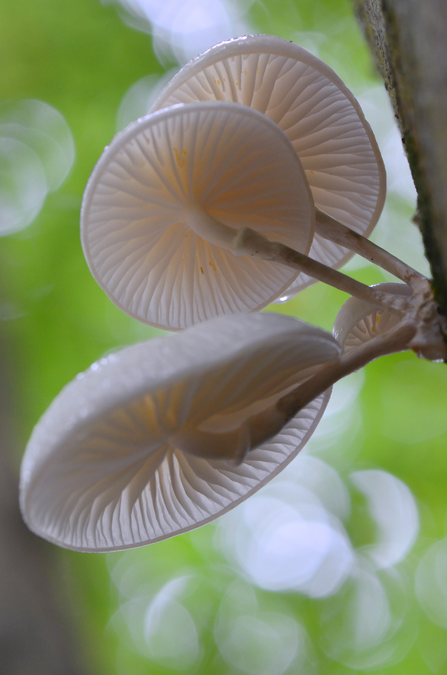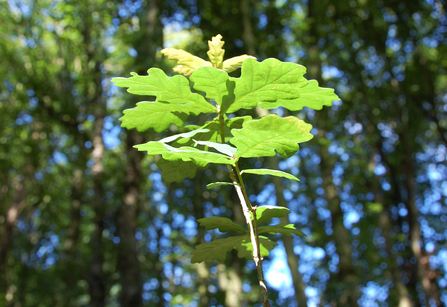I’ve always loved nature and had the enormous privilege of growing up with a 500-acre nature reserve just over our back fence, so our garden was full of wonderful wildlife like purple emperor butterflies and greater stag beetles.
Fungi was all around, even on my walk to primary school. There was a tiny patch of National Trust land on my way there, only around 15m2 with four big oak trees taking up the majority of the space, but the amount of fungi there had me hooked. From boletes to funnel caps, I was fascinated by the different shapes, colours and the places they turned up.







